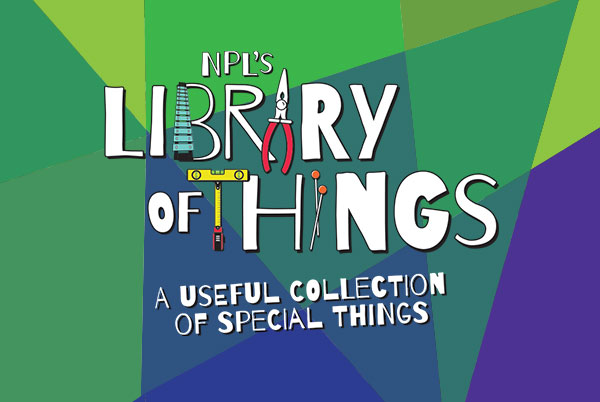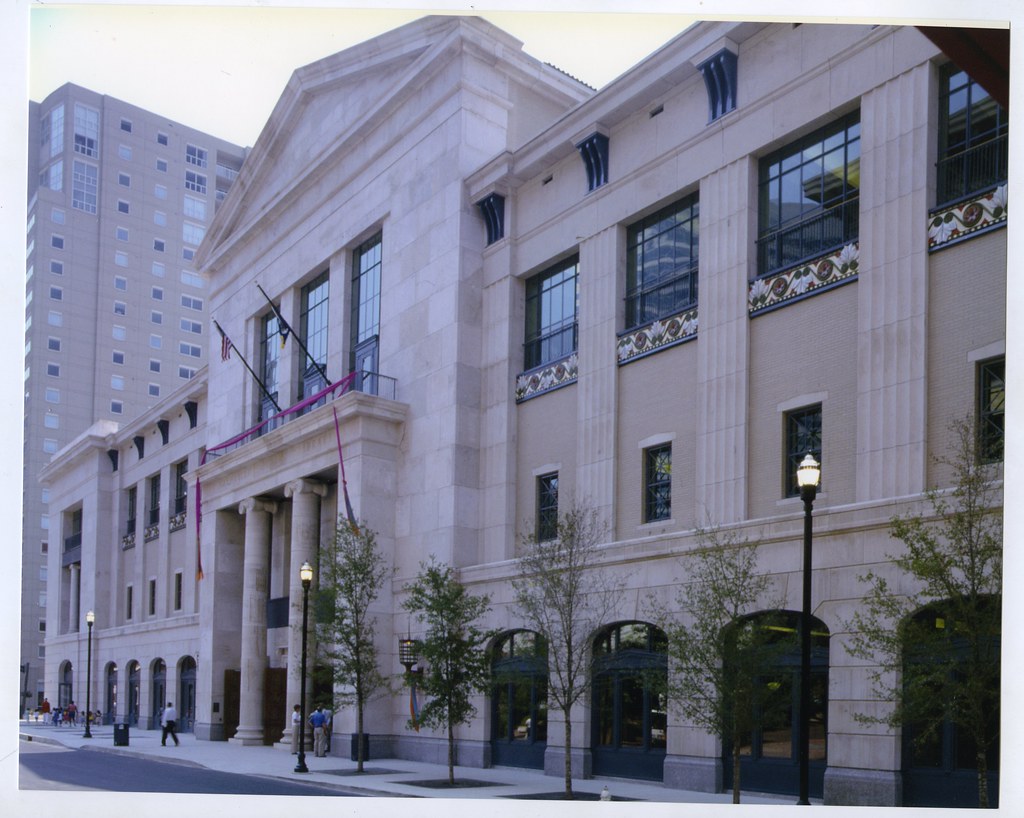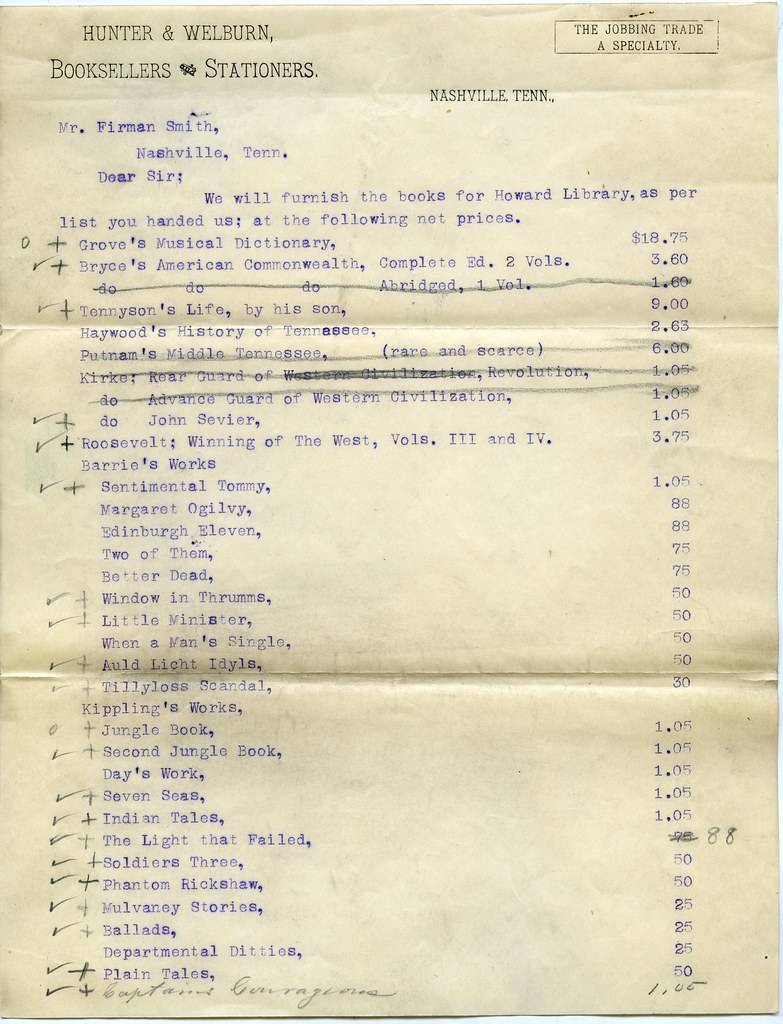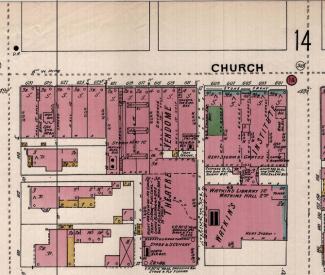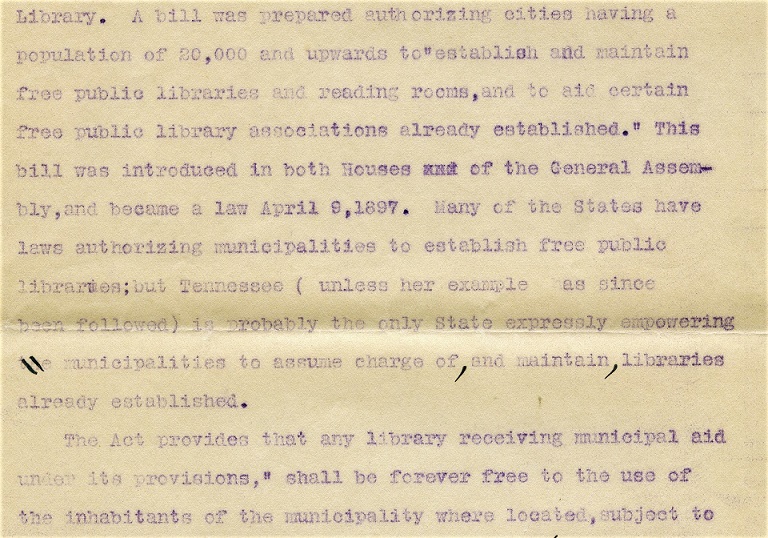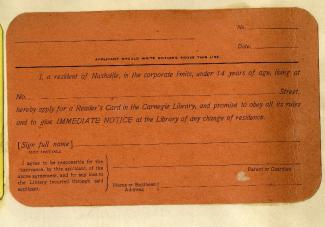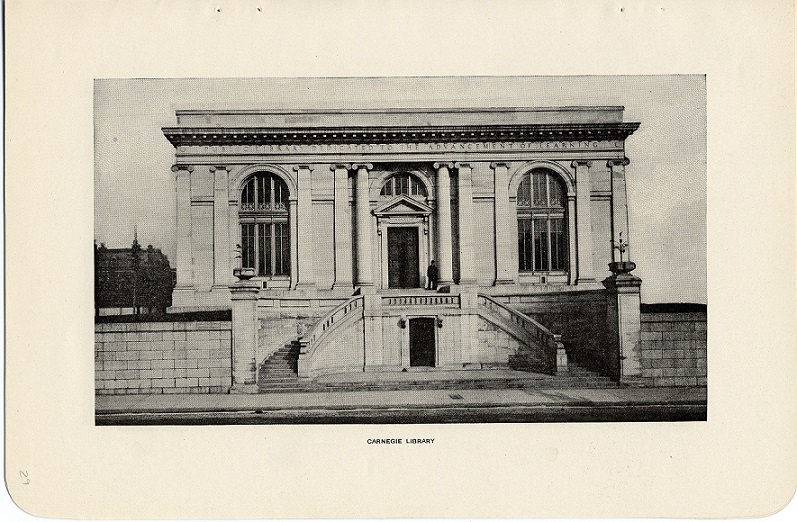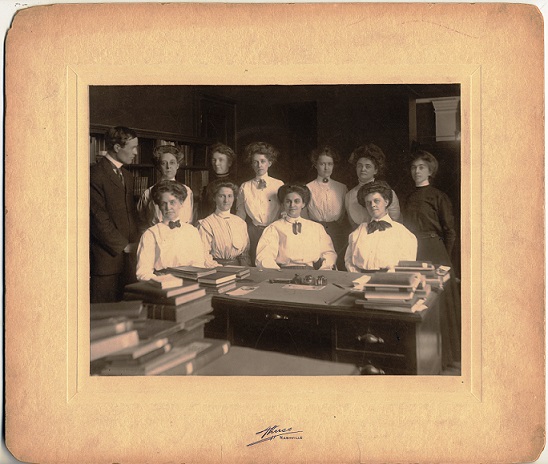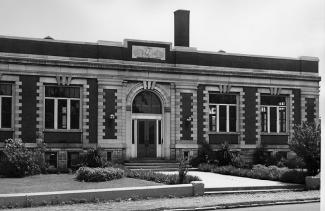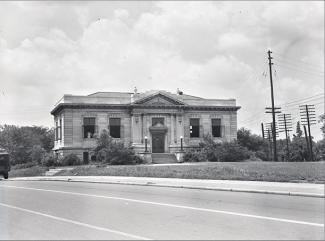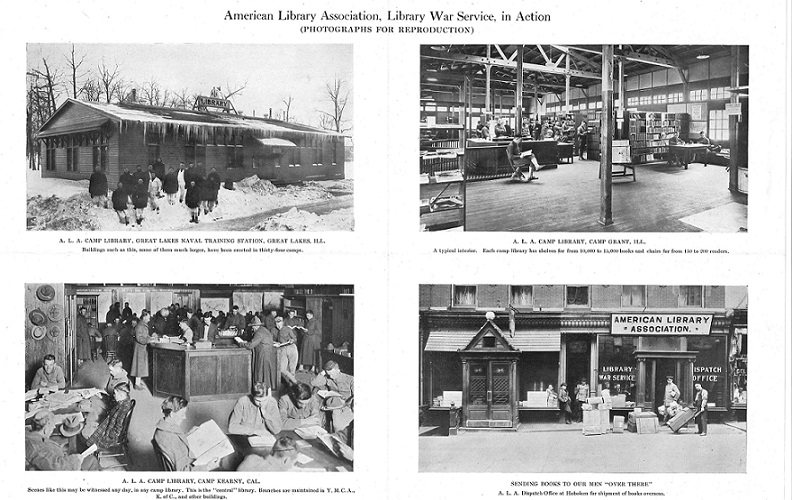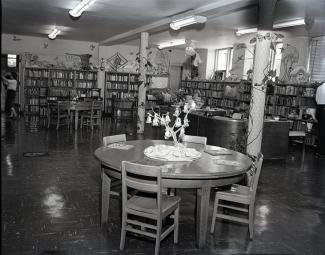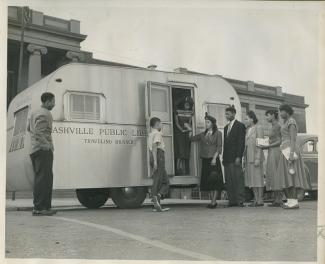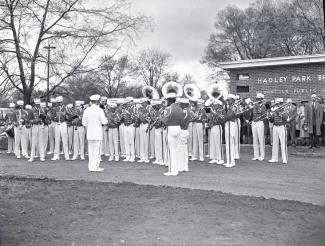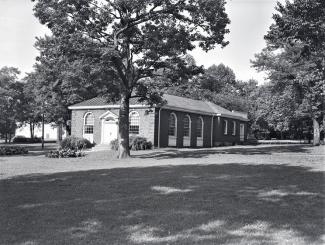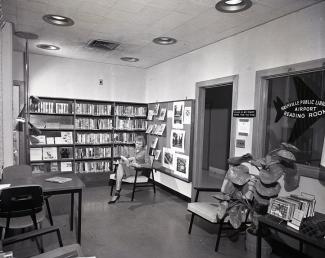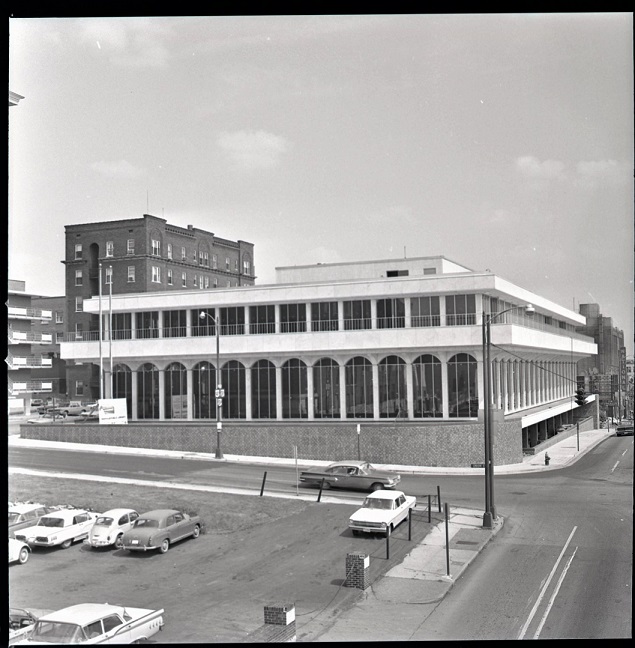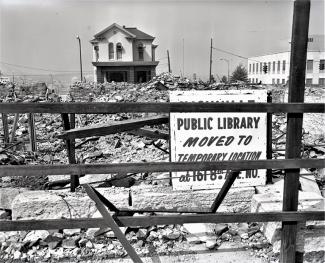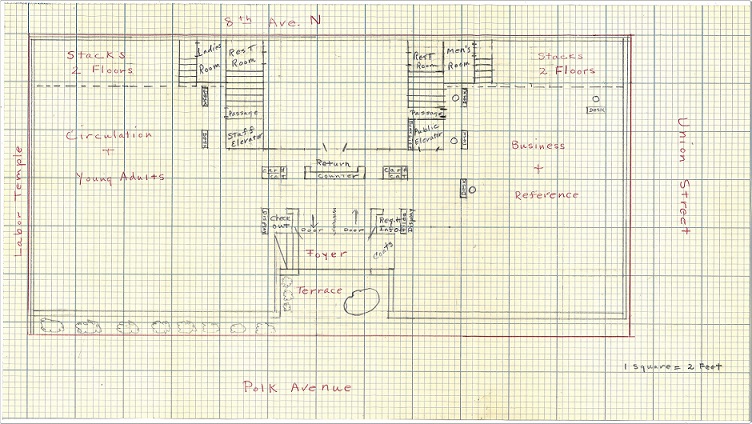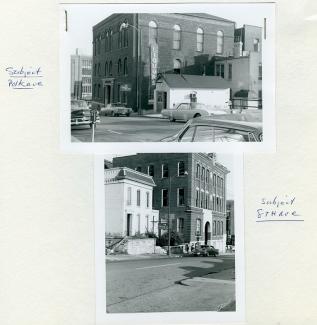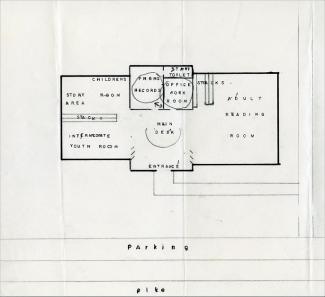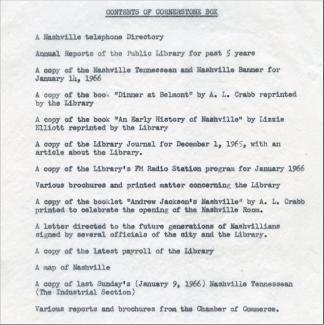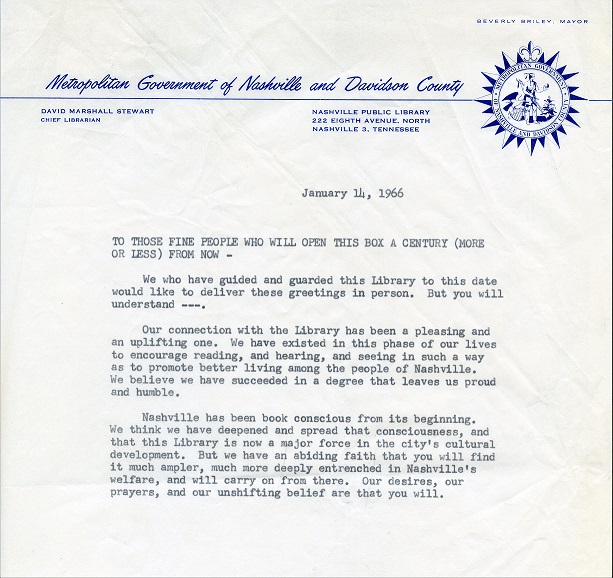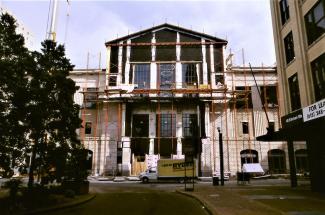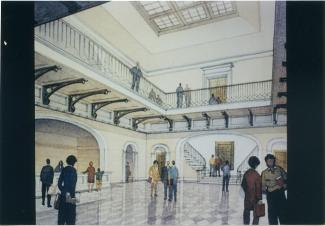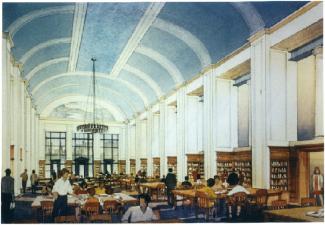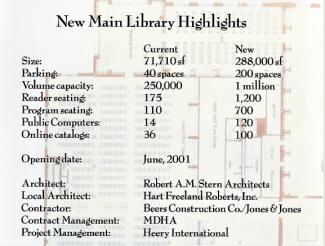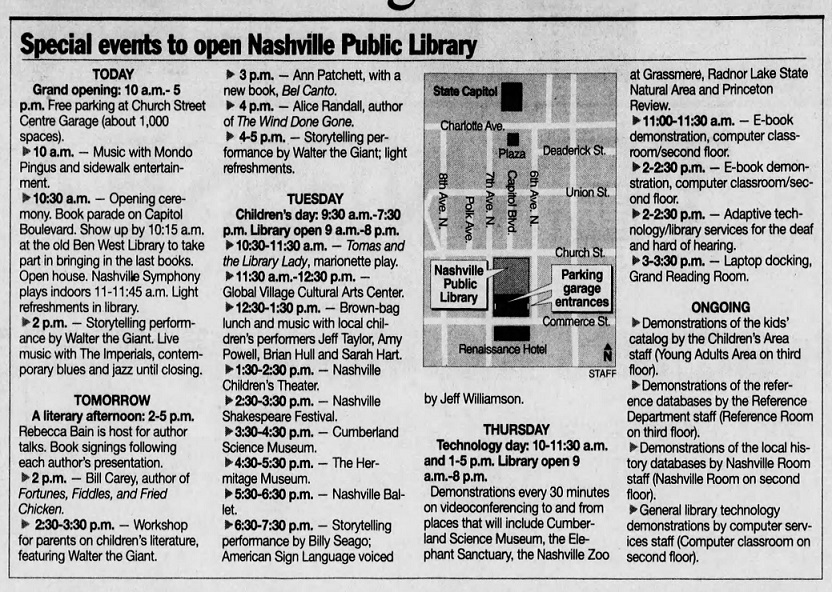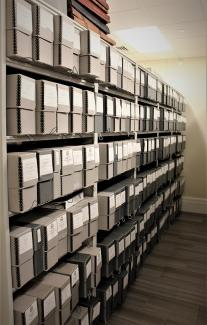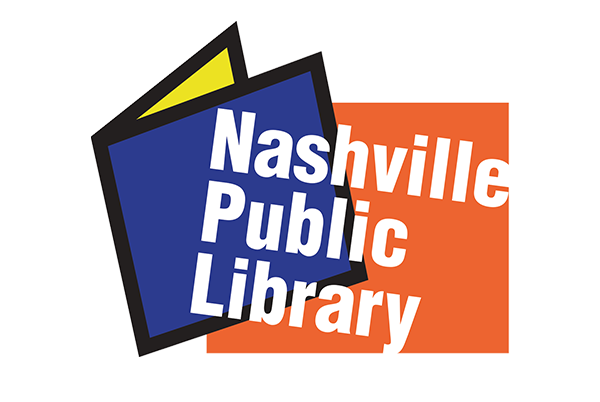
Why are libraries the tallest buildings in the world?
Because they have so many stories!
Bazinga! Sorry but I had to start with that. Now that you've had a laugh (come on, you know you did), let the celebrating begin! June 9th, 2021 marked the 20th anniversary of the grand opening of the Main Library Downtown, and this post is honoring that momentous occasion by taking a look back at the history of the downtown libraries.
First, allow me to mention that on top of this anniversary, there's something else notable to mention regarding the history of the library - the fact that Nashville's library system has been serving the citizens of Nashville (and beyond) for over 135 years now. That's a lot of checked-out books!
Before I dive into more details about how the current downtown library building came to be, here's a little bit of history about the start of the library system in Nashville, and the previous library buildings that called downtown home.
Check out part II of this series that includes staff memories of the Church Street library opening!



